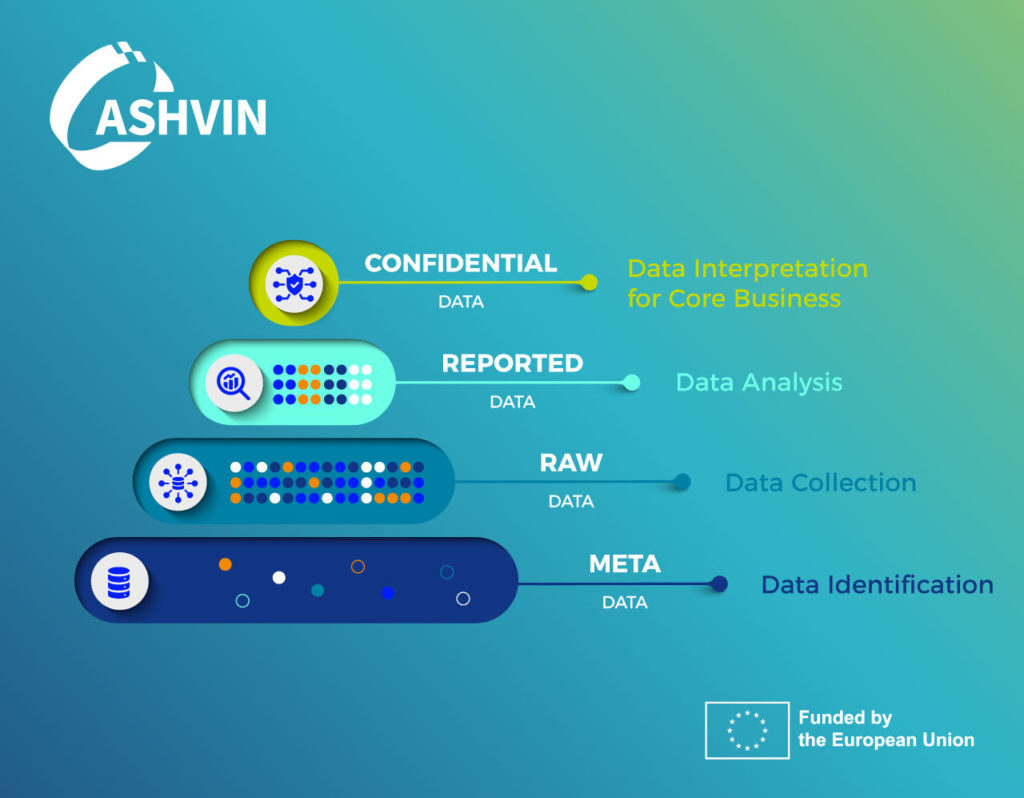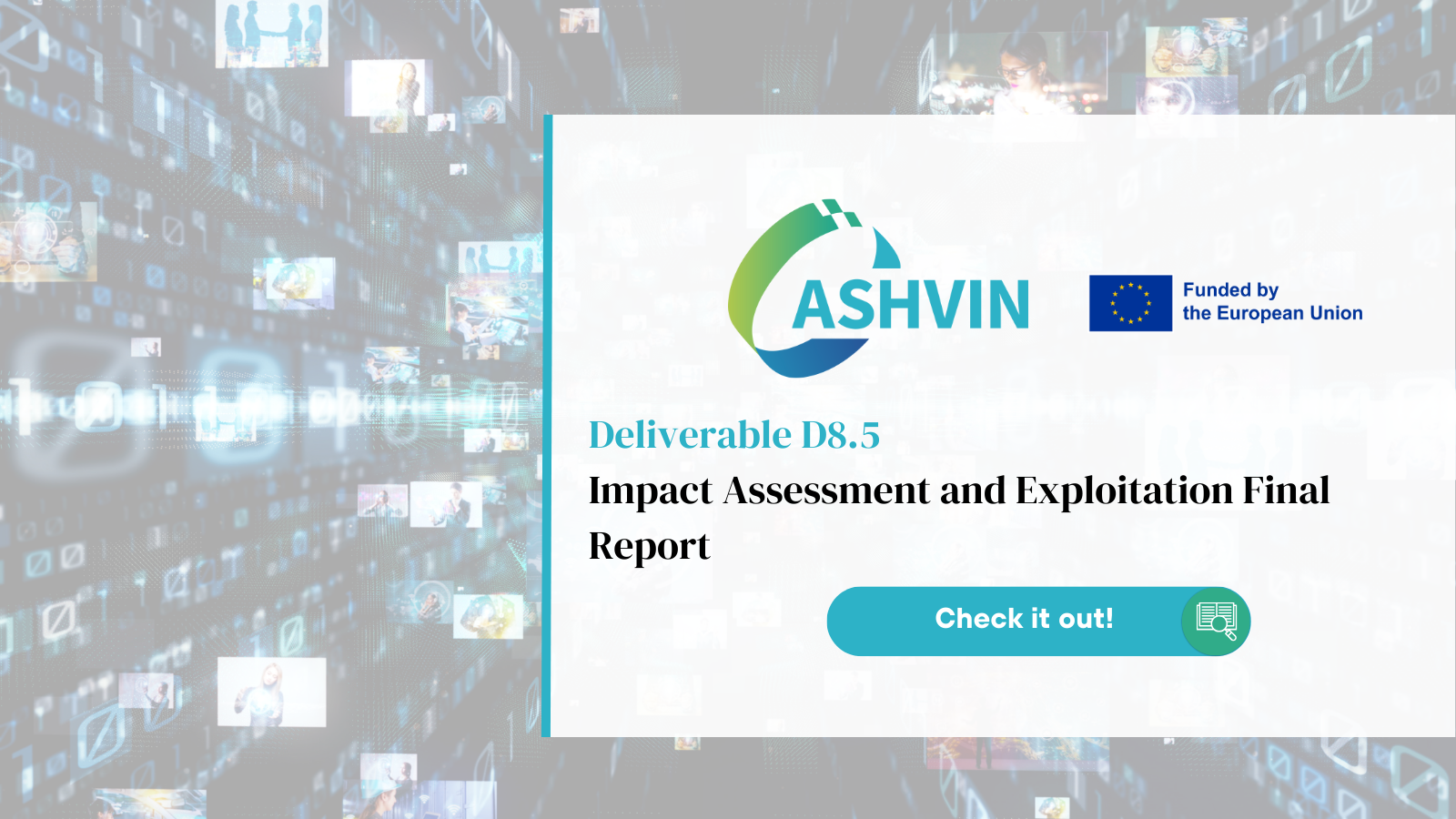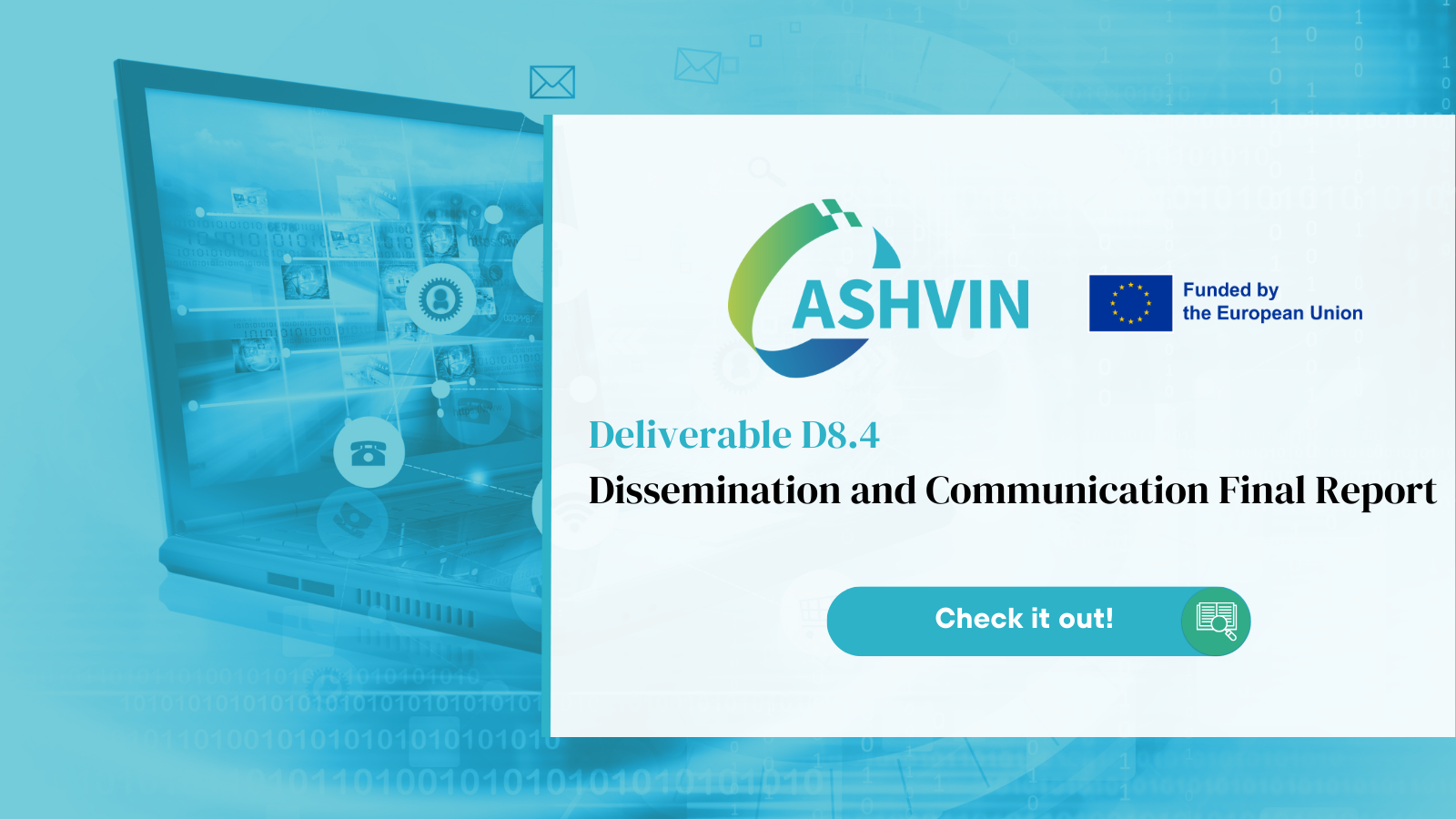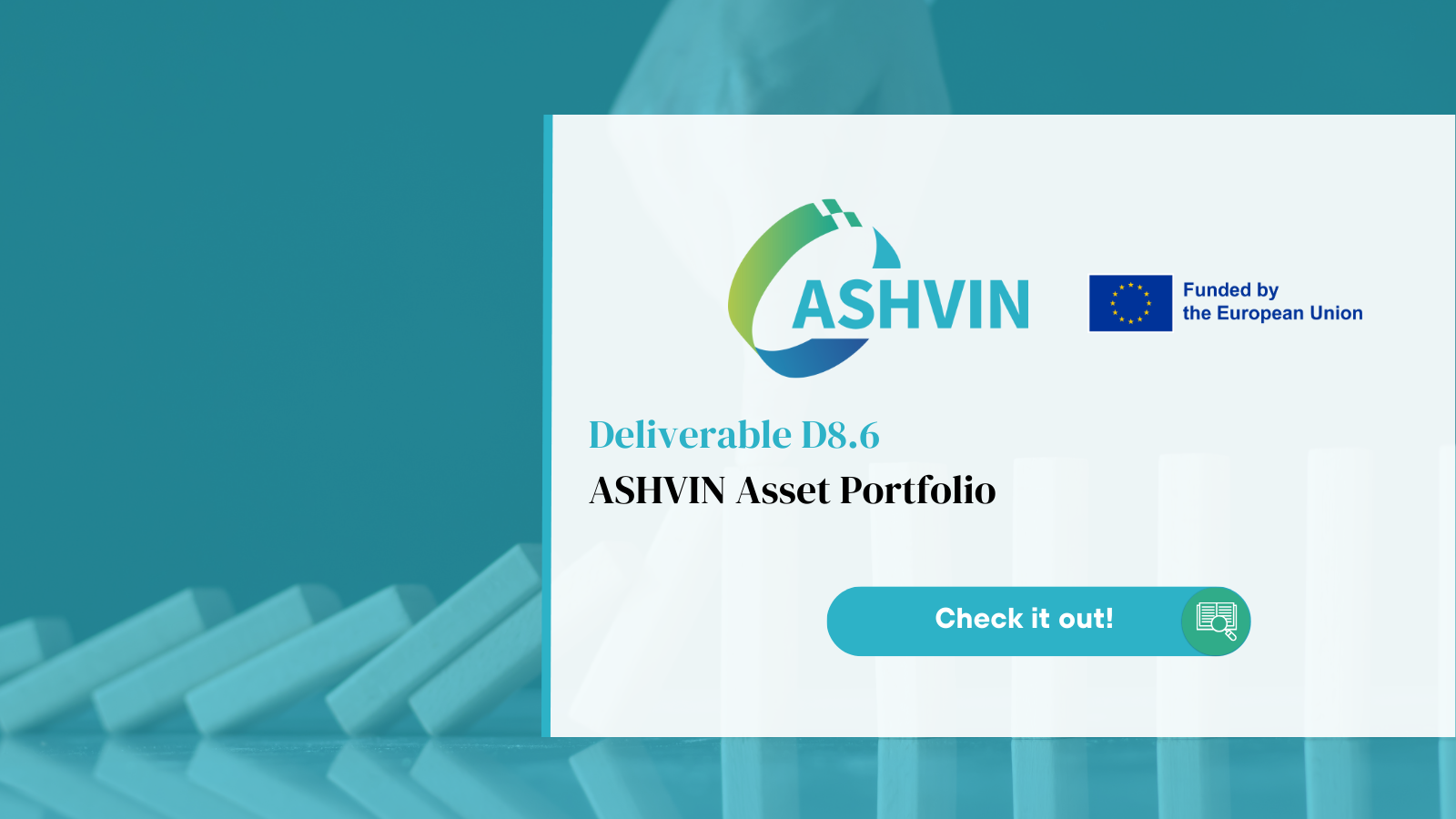Considering the disasters that have occurred in the last 10 years such as the building collapses after earthquakes in Turkey and Syria, the bridge collapse in Genoa, and a major street collapse in Japan, the following question inevitably arises: Could these disasters have been mitigated or their impacts lessened? One key approach is the broader public accessibility of infrastructure data, which enables varied scrutiny levels and benefits all stakeholders, including citizens, companies, and public organisations.
At ASHVIN, the focus is on making construction sector data more publicly accessible, particularly using the ASHVIN digital twin tool. This aligns with the growing investment in technologies like IoT and AI within the sector and stands at the forefront of governance discussions aimed at creating more transparent, participatory services for citizens. Our approach is grounded in principles of openness, transparency, accountability, and responsiveness to citizen needs and participation, underscoring a shift towards more inclusive and informed governance in construction and the maintenance of public infrastructures.
European context and the ASHVIN framework
In Europe’s current political landscape, the concept of open data is gaining momentum, but its practical application lags behind. Concerns around the confidentiality of commercial and personal data are significant hurdles. However, open data is crucial for fairness and equity, offering transparency, equitable access, and engagement. This aligns with the principle of data justice, which is central to ASHVIN’s approach to open data.
Translating data justice into practical recommendations, the ASHVIN project offers five steps that should be taken when opening public infrastructure data. This is described as an ADAPT (Availability, Demonstration, Accountability, Proportionality, Transparency) framework.
- A. Review the Availability of data in ways that do not exclude security of data.
- D. Determine appropriate ways for the Demonstration of the benefits and harms of opening infrastructure data, including who is affected.
- A. Define who is Accountable for the benefits and the harms of opening infrastructure data.
- P. Data should be shared in Proportion to the potential risks and gains.
- T. Contextualise and create Transparent participation mechanisms in open data efforts.
The ASHVIN’s open data pyramid
Based on the research and innovation work within the ASHVIN project, not all data can or should be treated equally in relation to its commercial, social, and cultural context. It should be decided whether these data are trade secrets that could have a negative impact on the company if disclosed, or whether they are data that can be easily made open for the public interest, and either be made public or kept confidential. In fact, differentiating between different levels and types of data is a key component of the data justice approach proposed by the ASHVIN project.
At ASHVIN, we have developed a four-level pyramid to visualise how to incorporate datafication and its good practices through data transparency, accessibility, and agency. In this way, the ASHVIN open data pyramid distinguishes between four types of data and the associated levels of disclosure: meta data, raw data, report data, confidential data.

Digital twining and data in ASHVIN Demonstrators
Digital twin technology in the ASHVIN project showcases its transformative power in managing building life cycles, from design to maintenance, and potentially demolition or renovation. By digitizing various stages, stakeholders gain enhanced insight and control, reaping benefits from the rapidly increasing datafication in the sector.
The approach extends to specific applications like bridge maintenance in Catalonia’s highway networks, where digital twins facilitate better planning and intervention. Moreover, it includes the maintenance of Zadar airport runways, where digital twins aid in visual inspections and damage assessments, emphasizing preventive measures. These comprehensive data collected and managed through these digital twins offers significant advantages in infrastructure maintenance, reflecting the growing importance of data in construction and its societal impact. Therefore, in an environment where such important and valuable data is brought together, the pitfalls and promises of open data should be taken into consideration.
It is very important to find the best ways how it is possible to provide a data landscape that will enable the integration of publicly available infrastructure data and solutions.
To learn more, consult our following related results:
ASHVIN Deliverables
👉 Deliverable 6.6 “Availability Of Measured Maintenance Data Of Infrastructure For Public Domain” (download)
Podcast – ASHVIN Innovation Stories
Our podcast episode offer insights into our researchers’ innovation in data:
👉 Public availability of infrastructure data by Jason Pridmore (listen now)
Interviews – ASHVIN Research stories
👉 Groundbreakers in Digital Twining: Human factors of ASHVIN by Selma Toktas Post-Doc Research Fellow (watch now)
Webinar
💻 We are delighted to invite you to our third open and interactive webinar entitled “How does access to open data transform infrastructure maintenance? – Discussions and insights from research findings”
Learn more here!
Register here!





